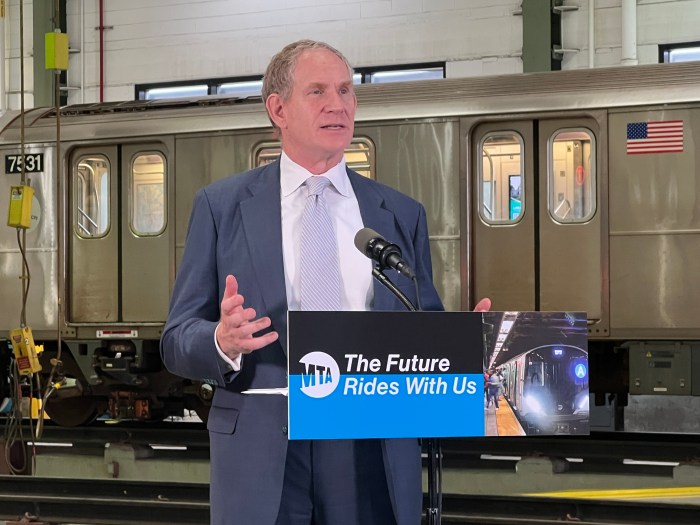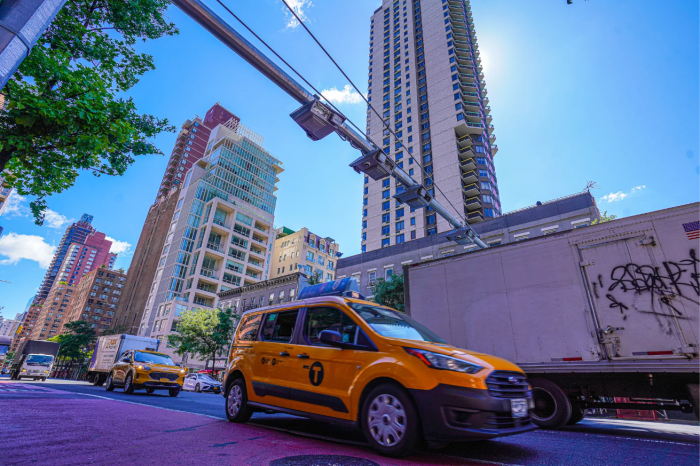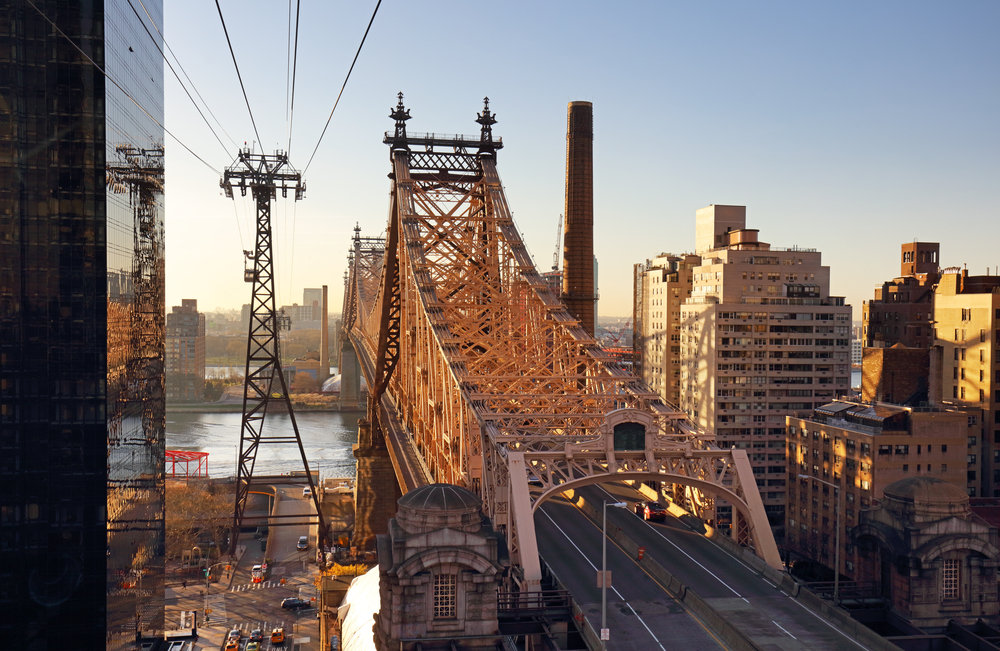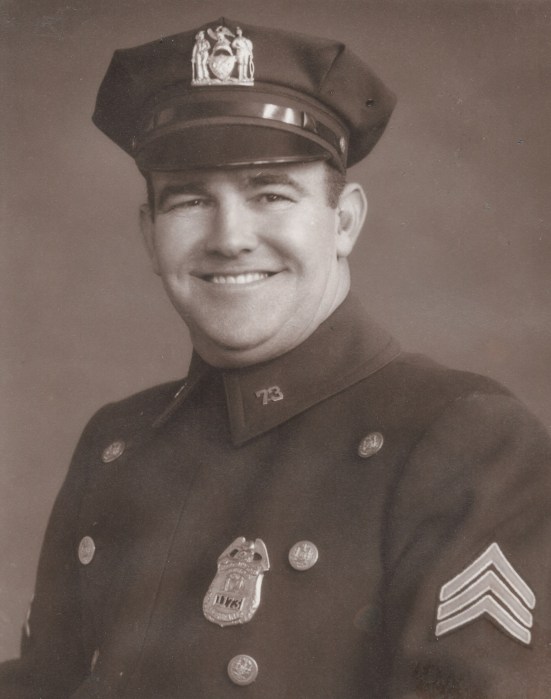As the city considers the best way to replace a deteriorating section of the Brooklyn-Queens Expressway, urban planning experts are proposing five policies to reduce traffic with the goal of decreasing the number of lanes on the highway.
A 1.5-mile section of the BQE, which stretches from Carroll Gardens to Woodside, needs to be replaced, including the “triple cantilever,” where the Queens-bound lanes run above the Staten Island-bound lanes and below the Brooklyn Heights promenade. The Department of Transportation has proposed either building a temporary elevated highway while the span is replaced, or incrementally repairing the expressway. Aspects of both plans have received pushback from the community.
Though the Regional Plan Association does not have an alternative construction plan, in a report released Tuesday with community group A Better Way, it says certain policies could reduce traffic and potentially decrease the number of necessary lanes on the highway from six to four.
“New York should join the growing list of cities that are updating, scaling back, and in some instances, removing their highways,” said Tom Wright, president and CEO of the RPA. “The revitalization of the BQE is a perfect time to reconsider the role of personal vehicles in New York, and stand with cities across the globe to prioritize smaller thoroughfares, boulevards and open green spaces.”
The RPA’s recommendations to cut BQE traffic include two-way tolling on the Verrazzano-Narrows Bridge, with the goal of diverting some eastbound drivers along other routes. It also is pitching HOV 3+ restrictions on the free East River bridges as well as on the full length of the BQE, with remaining traffic "accommodated by a four-lane highway."
The passage of congestion pricing in Manhattan will also reduce traffic, the RPA says, but it is unclear exactly how much, as the details of the plan have not been worked out. If tolls are added to the Brooklyn and Manhattan bridges that “would remove the incentive for most drivers to bypass the (Hugh Carey Tunnel),” reducing the number of vehicles on the BQE, the report says.
Finally, the RPA says cutting down the number of lanes on the highway will force a reduction of traffic.
“If capacity is reduced the added time will dissuade some people from their interest in the trip,” the report says. “Demand will only be as much as the capacity to accommodate it.”
The DOT is reviewing the report, but most of the recommended policy changes would need support and approval from state or federal agencies.
“We are undertaking a thorough review process, accompanied by substantial community and expert engagement, that will look at a range of options for this critical transportation corridor, including the ones proposed in the RPA/A Better Way report,” the DOT said in a statement.
The BQE is used by an average of 153,000 vehicles every weekday, the city’s Department of Transportation has said.

































